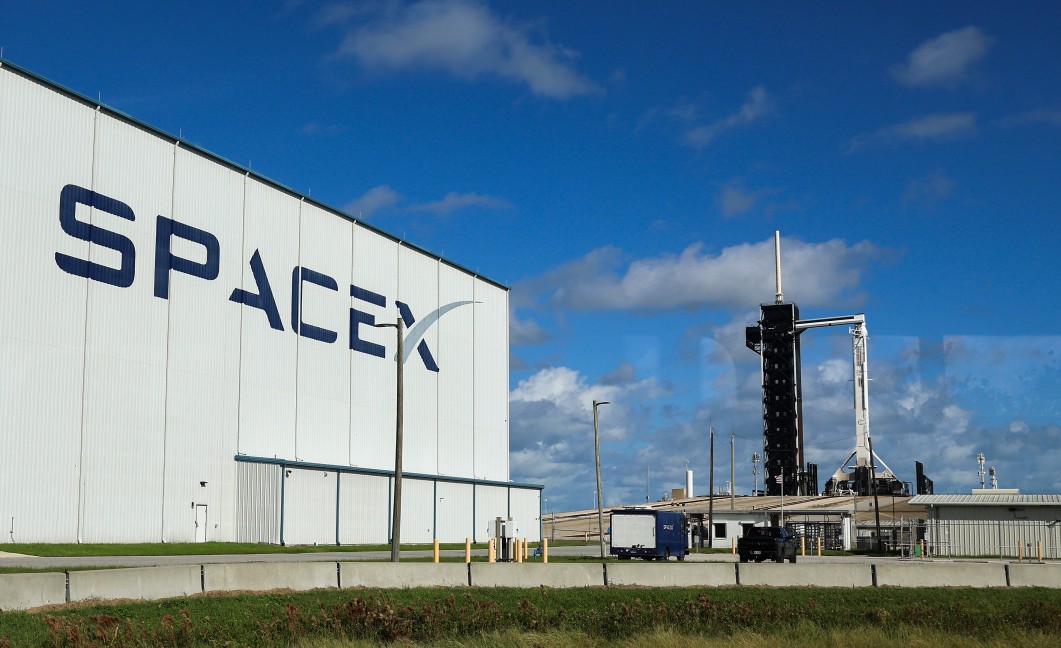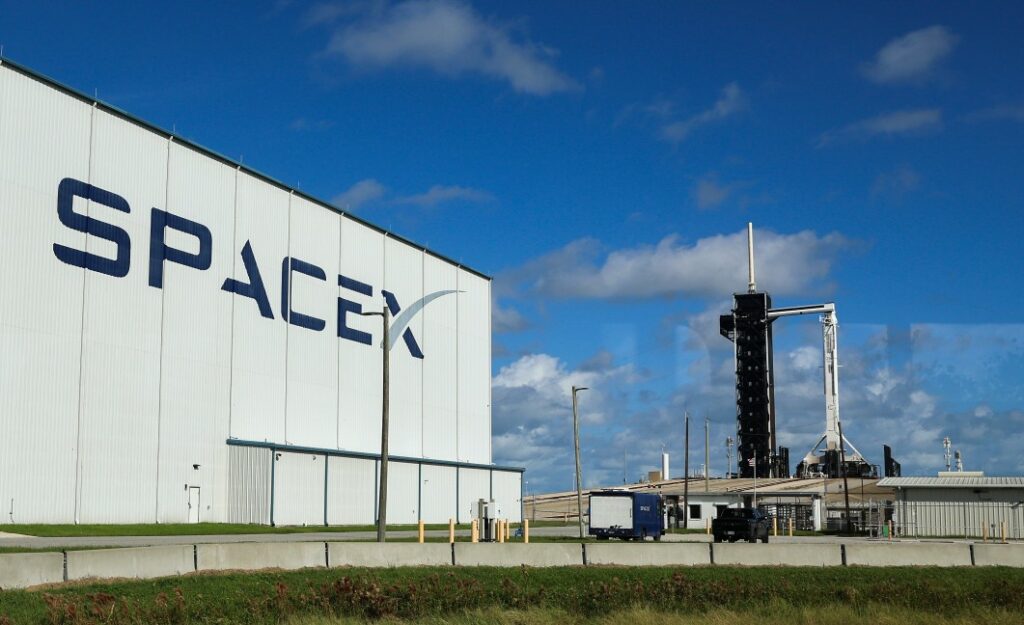
Heavy Rain, Flooding, and Chance of Severe Weather Staring Down the Southern U.S.
January 22, 2024
Posted: October 11, 2022 1:23 pm





The trend of NASA partnering with private companies to develop workable space technologies offers science nerds, science fiction enthusiasts and adventurous men and women opportunities of a lifetime — living and working in space in the relatively near future. You could take part in scientific experiments, work on exciting space technologies, or even mine asteroids for essential metals and chemicals.
This expansion of possibilities comes about because of America’s commitment to exploring space. NASA plans to offer tech companies partnerships in developing space technologies, and that opens a world of opportunities for public and private companies and governmental agencies. Immediate plans will soon advance to create a lunar base where people actually live and work.
NASA has changed its fundamental approach of competing with the Soviet Union and beating everyone landing on the moon to cooperating with other governments and private resources to protect human life while using the vast resources of space. Already, NASA is entertaining bids for the development of critical technology. Given fears of planet wide disasters, uncontrollable diseases and global warming, developing space seems promising as a viable alternative, and it creates the excitement of new frontiers.
According to a recent article posted at futurism.com, SpinLaunch is one of those companies that might become a NASA partner. The company conducted a test in September of 2022 aimed at finding a cheaper way to launch a payload into orbit. The method involves launching something into space with what is essentially a high-tech version of a slingshot.
The company was testing whether a payload could survive undamaged after being hurled into space. Actually, that part of the test worked fine. Unfortunately, the crash landing when the payload plunged to the ground wasn’t quite as successful. The payload crashed to earth and buried itself so deeply that extensive ground-moving machinery was required to dislodge the items.
The payload consisted of scientific instruments, ChipSats and sensors made by NASA, Airbus and Cornell University. Astonishingly, the payload suffered no damage after crashing through the Earth’s atmosphere and landing forcefully under intense pressure. The seatbelts or safety harnesses on that ride must have been phenomenal.
This literally groundbreaking technology could provide alternatives for supplying space-station bases at considerable cost savings. Rocket fuel and rockets are expensive, and even reusable spacecraft cost dearly for inspections, repairs and maintenance between fights. Why incur the extra expenses when a simple technology will do the job?
The alternative also doesn’t generate methane emissions or potential fuel leaks to pollute the atmosphere and consume finite fossil fuel resources. Polluting the atmosphere might make establishing a colony in space a necessity if the environment becomes so dangerous that the Earth becomes unlivable.
There are still important advances that need to be made before the tech becomes useful. The test launched the payload to an altitude of 25,000 feet, but that’s 10,000 feet short of the altitude at which many jetliners cruise. The distance is miles away from what is needed to escape Earth’s gravity well and reach orbit.
However, it’s a successful step in an extended testing and development process that uses agile technology to make small, incremental steps toward industry goals. The goals of the company include launching small satellites into Earth orbit by 2026 using the rotating slingshot arm. Satellite placement is big business and lucrative for private companies, which is one of the basic tenets of NASA’s partnership approach — fostering greater commercial appeal for investors.
NASA recently chose six satellite providers to help develop vital communications options between astronauts, Earth-based contacts and space bases like the new Artemis lunar base and International Space Station. Near-Earth communications are expected to increase exponentially based on the Artemis program’s goals. Private research and development and the emerging space passenger industry are two major goals of NASA’s new approach.
NASA decided that commissioning experienced satellite communication companies was more cost-effective, and the initiative would free up NASA resources to focus on high-profile future agency missions.
The cost of the Communications Services Project for NASA is budgeted at $278.5 million, and each company selected is expected to match or exceed NASA contributions for a total price tag of $1.5 billion. This proven approach to partnership development was used in commercial cargo and crew services using the Space Act Agreements to stimulate industry participation.
The flight demonstrations worked as designed because each participating company specialized in a key area of service. NASA supplied supervision, troubleshooting, operational blueprints and performance evaluations. The approach worked so well that NASA has extended its use to other key areas of space exploration.
The major driver behind NASA’s return to space depends on the success of several Artemis missions, but there have been multiple problems so far. The first launch was delayed, and the second launch was called off because of an unexpected fuel leak. After replacing engine seals, the third launch was delayed because of Hurricane Ian.
The Artemis 1 mission was to return to lunar orbit with an unmanned vehicle to test the new rocket and equipment. Subsequent missions are scheduled to land the first person of color and the first women on the moon. The mission’s ultimate goal is to build a lunar base capable of housing long-term residents and paving the way for a Mars landing.

SpaceX has been sending people on commercial space flights for years. The primary obstacles to returning to space and colonizing it include astronomical economic costs and technological challenges. Using private companies to develop commercial space flights and other space-related initiatives helps to solve both of these problems.
SpaceX founder Elon Musk has developed cheaper rockets and earns a profit by selling space flights. He has also built equipment for NASA, provides commercial transportation for the agency, negotiated a $5 billion contract with NASA for 14 rocket launches and won a $2.9 billion contract to build the first moon lander.
Private companies can often make space travel and exploration more affordable and even lucrative as SpaceX has clearly demonstrated. The company and its Falcon 9 rocket has played a central role in NASA’s resurgence.
Slim, a.k.a. The Smart Lander of Investigating the Moon, is a project of the Japanese Aerospace Exploration Agency. The goal of the project was the launch of the lander in 2021, but the project was delayed until later in 2022 because of delays in the project’s rideshare mission.
Perhaps the most exciting aspect of NASA’s return to space is the opportunity for increased exploration and research. Astronauts can conduct pure science research that can’t be duplicated on Earth — such as biomedical advances and greater knowledge of the planets and space. Theoretically, polluting industrial processes could eventually be moved to space to stop environmental damage to the Earth from toxic chemicals, global warming and climate change.
Some of these opportunities might be several decades in development, but there are plenty of opportunities for committed space aficionados already available from various private industries. It’s an exciting time to be on the cusp of space flight and settlement.

January 21, 2024

January 19, 2024

January 18, 2024